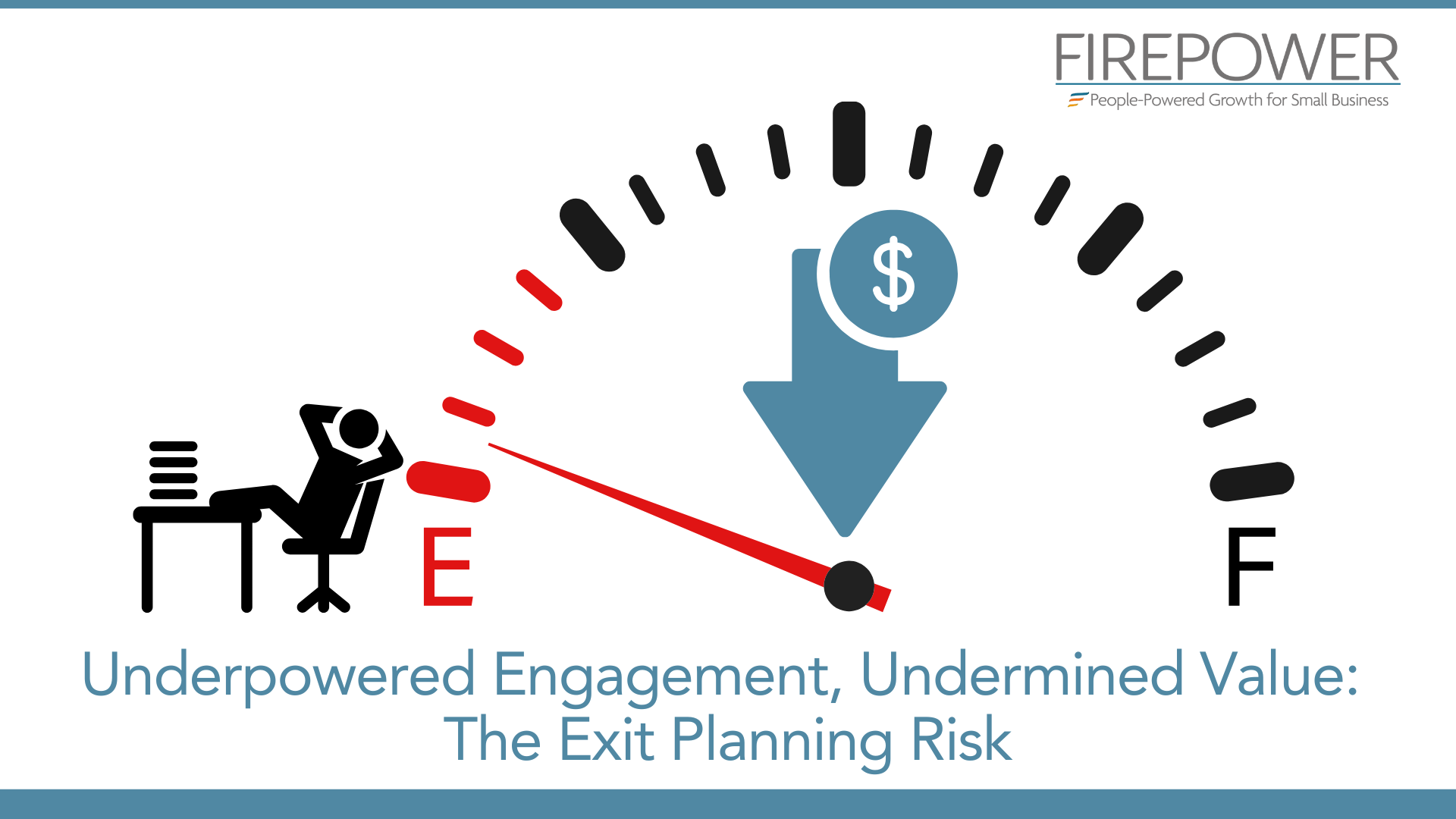Day One – Three important factors for the first day at a new company
By Maria Forbes, FIREPOWER Teams
August 12, 2015

Being new at anything is difficult for a period of time, until you get your bearings and start to feel like a regular member of the team. This month a newcomer provided a critical reminder of the one factor which significantly influences the first week on the job.
“Day one” provokes a blend of emotions; there is typically some anticipation of interactions with a new team, even though you may have met some of them during the selection process, and you could have had individual meetings with team members as part of the hiring phase. There also feelings of excitement; to get started making your personal contribution to the organizational goals. On the first day at a new job most newcomers anticipate some sort of agenda, including introductions to people and processes. You think about how you might navigate your first week and you look forward to learning the details of a new role.
The selection process is like dating, companies and candidates assess mutual right fit. Company representatives review credentials and interview for alignment of personal and problem solving strengths. Candidates learn the characteristics that are important to the company and glean highlights of the role they are considering. The hiring process is like making the decision to date exclusively, committing to work together once there is agreement by both parties. Then, as in marriage, the working relationship gets started. This part can be shocking, if you suddenly realize you are in new territory without a plan, or it can be a synergistic experience if you have been taking steps toward “married life”, work life, and the commitment phase is a smooth transition.
Margaret is a strategic communications professional. She has been looking forward to starting a new position at a top firm in her industry. She felt the usual emotions going into “day one” but her experience caused her to take pause. At the end of day one, Margaret wondered how this well established corporate team missed an important day one agenda. Instead of a smooth transition into her role, she was left to make introductions around the office and determine how to fill her time, one week before an initial training was scheduled to begin. What was she to prioritize? Where was her team on day one?
While many companies include some on boarding, we find the definitions of this critical process vary dramatically. For small business, this can be a strategy for attracting and keeping top producers. You can be sure this one thing is vital to making a positive first impression and to ensuring the initial working relationship phase starts off strong. While your hiring process should prevent repeating the process, an on boarding lays the groundwork for a lasting professional affiliation. But you can’t achieve this result if the final phase of a new hire is missing an on boarding plan. Three essential factors to ensuring your new team member will be inspired by your culture and feel good about their commitment.
- Have an on boarding plan ready. Don’t skip this step; take the time to generate a plan that includes priorities for the initial 30, 60 and 90 day period. You don’t have to iron-out all the details, and this is certainly a live process, but you must have given ample thought to the experience of the early working phase in order to secure a long term association.
- Expectations and priorities must include who and what – let him/her determine how. Depending on the level of your new team member, you want to give them the foundation they need to have a productive first day, first week. Your on boarding plan should include, among a vast array of policy and cultural information, illustration of role priorities for the initial period and the long term evolution of the role. This key document should include who they will have regular interface and what they will achieve together. The how – individual method for executing the role, should have been revealed in the selection process, and your new team member will have the freedom to determine their agenda toward meeting the goals.
- A time-line is critical. Everyone wants to know what is expected of their time and energy in a new role. Priorities and expectations are in focus, now you should coordinate these within two to three identifiable periods of time. With an illustration of priorities and time lines, a new team member can easily determine how to spend time and energy during each specified period. Now execution of the role during the initial period will occur with optimum productivity and performance can be reviewed at the completion of each specified time period.
A critical first impression is made at the time of candidate selection. Mutual agreement to work together is confirmed at hiring, and a new team member’s transition into a lasting affiliation starts with on boarding. Don’t skip this step, your new team member will thank you!
For assistance in making sure you are on the right path with your new hire, contact us at FIREPOWER Teams!




